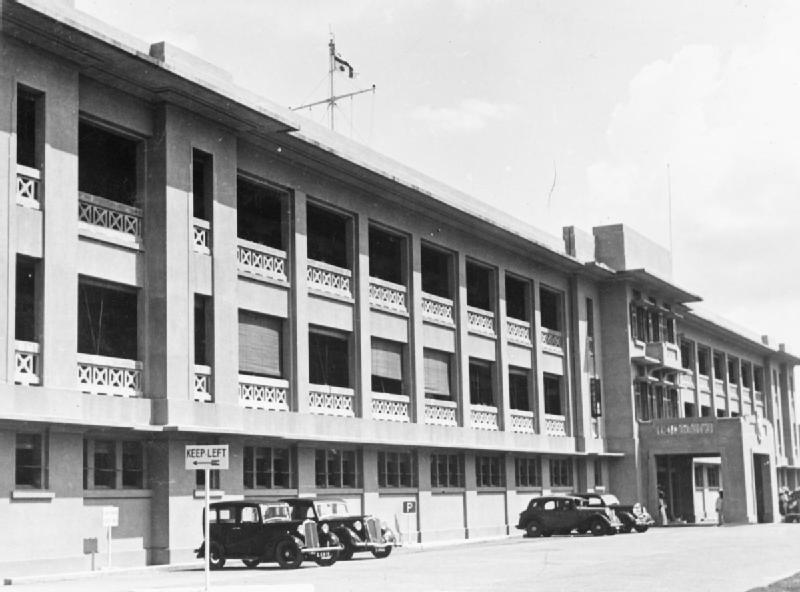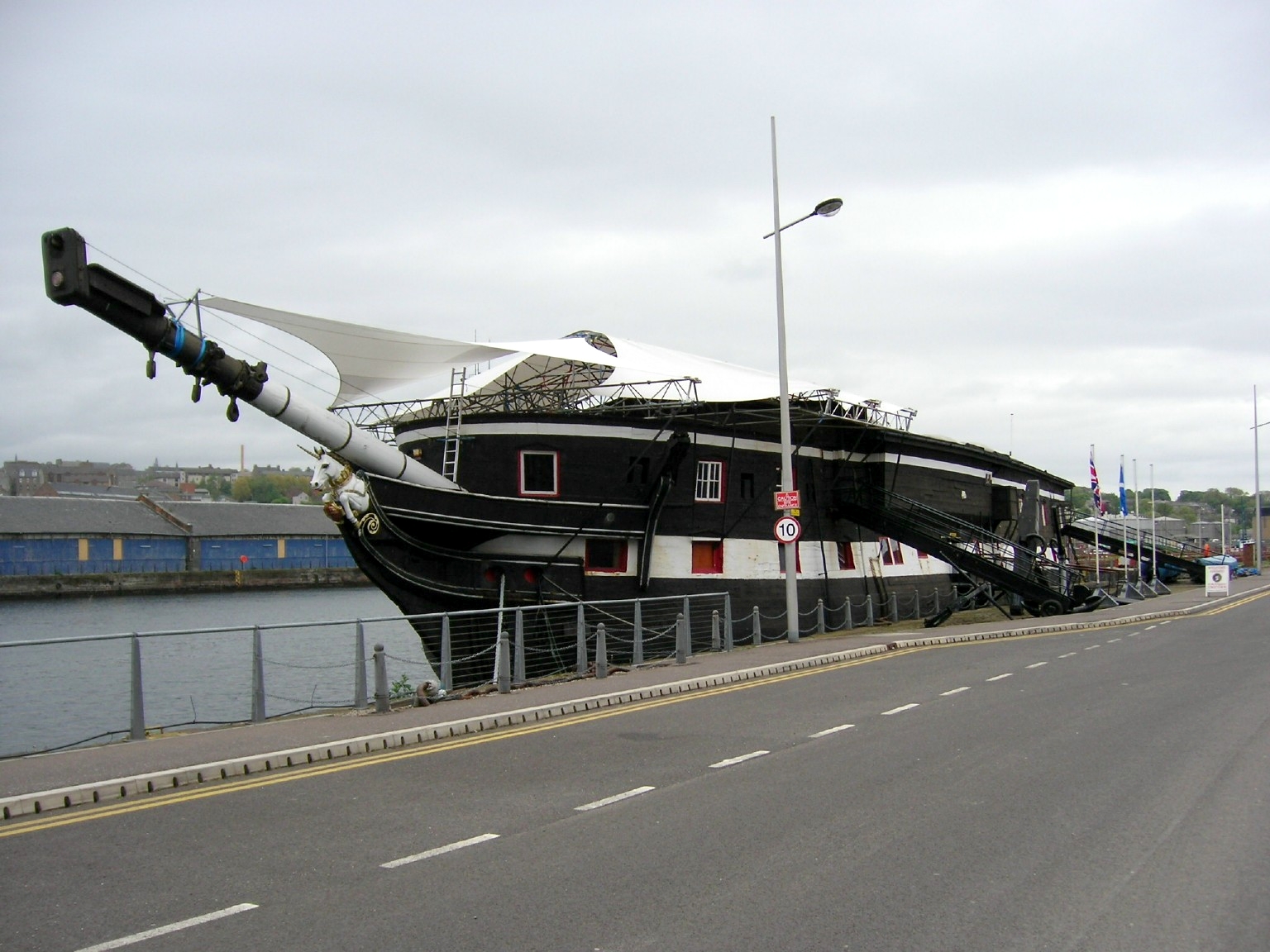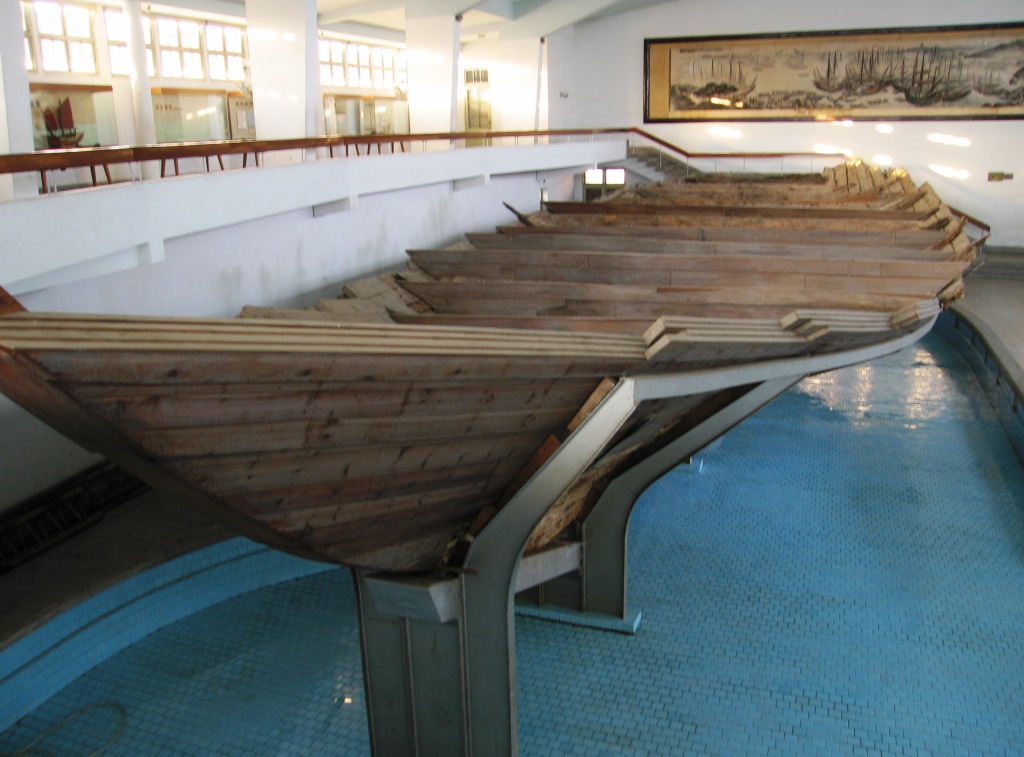|
HMS Hampshire (1903)
HMS ''Hampshire'' was one of six armoured cruisers built for the Royal Navy in the first decade of the 20th century. She was assigned to the 1st Cruiser Squadron#First World War, 1st Cruiser Squadron of the Channel Fleet upon completion. After a refit, she was assigned to the Reserve fleet, reserve Third Fleet in 1909 before going to the Mediterranean Fleet in 1911. She was transferred to the China Station in 1912 and remained there until the start of the First World War in August 1914. The ship hunted for German commerce raiders until she was transferred to the Grand Fleet at the end of 1914. She was assigned to the 7th Cruiser Squadron (United Kingdom), 7th Cruiser Squadron upon her return home. She was transferred to the 2nd Cruiser Squadron#First World War, 2nd Cruiser Squadron in 1916 and was present at the Battle of Jutland. Several days later, on 5 June, she was sailing to Arkhangelsk, Russian Empire, Russia, carrying the Secretary of State for War, Field Marshal (Unit ... [...More Info...] [...Related Items...] OR: [Wikipedia] [Google] [Baidu] |
Hampshire
Hampshire (, ; abbreviated to Hants.) is a Ceremonial counties of England, ceremonial county in South East England. It is bordered by Berkshire to the north, Surrey and West Sussex to the east, the Isle of Wight across the Solent to the south, Dorset to the west, and Wiltshire to the north-west. Southampton is the largest settlement, while Winchester is the county town. Other significant settlements within the county include Portsmouth, Basingstoke, Andover, Hampshire, Andover, Gosport, Fareham and Aldershot. The county has an area of and a population of 1,844,245, making it the Counties in England by population, 5th-most populous in England. The South Hampshire built-up area in the south-east of the county has a population of 855,569 and contains the cities of Southampton (269,781) and Portsmouth (208,100). In the north-east, the Farnborough, Hampshire, Farnborough/Aldershot Farnborough/Aldershot built-up area, conurbation extends into Berkshire and Surrey and has a populati ... [...More Info...] [...Related Items...] OR: [Wikipedia] [Google] [Baidu] |
Belt Armor
Belt armor is a layer of heavy metal armor plated onto or within the outer hulls of warships, typically on battleships, battlecruisers and cruisers, and aircraft carriers. The belt armor is designed to prevent projectiles from penetrating to the heart of a warship. When struck by an artillery shell or underwater torpedo, the belt armor either absorbs the impact and explosion with its sheer thickness and strength, or else uses sloping to redirect the projectile and its blast downwards. Typically, the main armor belt covers the warship from its main deck down to some distance below the waterline. If, instead of forming the outer hull, the armor belt is built inside the hull, it is installed at a sloped angle for improved protection, as described above. The torpedo bulkhead Frequently, the main belt's armor plates were supplemented with a torpedo bulkhead spaced several meters behind the main belt, designed to maintain the ship's watertight integrity even if the main belt ... [...More Info...] [...Related Items...] OR: [Wikipedia] [Google] [Baidu] |
Grand Fleet
The Grand Fleet was the main battlefleet of the Royal Navy during the First World War. It was established in August 1914 and disbanded in April 1919. Its main base was Scapa Flow in the Orkney Islands. History Formed in August 1914 from the First Fleet and part of the Second Fleet of the Home Fleets, the Grand Fleet included 25–35 modern capital ships. It was commanded initially by Admiral Sir John Jellicoe.Heathcote, p. 130 The 10th Cruiser Squadron carried out the Northern Patrol between Shetland and Norway and cruisers from Cromarty and Rosyth operated a second line (and screened the fleet) in enforcing the blockade of Germany. The administrative complications of the distant blockade across the northern exits of the North Sea overwhelmed the capacity of Vice Admiral Francis Miller, the Base Admiral in Chief from 7 August 1914, devolving on the commander in chief, Admiral John Jellicoe. To relieve the administrative burdens on Miller and Jellicoe, the post of the ... [...More Info...] [...Related Items...] OR: [Wikipedia] [Google] [Baidu] |
First World War
World War I or the First World War (28 July 1914 – 11 November 1918), also known as the Great War, was a World war, global conflict between two coalitions: the Allies of World War I, Allies (or Entente) and the Central Powers. Fighting took place mainly in European theatre of World War I, Europe and the Middle Eastern theatre of World War I, Middle East, as well as in parts of African theatre of World War I, Africa and the Asian and Pacific theatre of World War I, Asia-Pacific, and in Europe was characterised by trench warfare; the widespread use of Artillery of World War I, artillery, machine guns, and Chemical weapons in World War I, chemical weapons (gas); and the introductions of Tanks in World War I, tanks and Aviation in World War I, aircraft. World War I was one of the List of wars by death toll, deadliest conflicts in history, resulting in an estimated World War I casualties, 10 million military dead and more than 20 million wounded, plus some 10 million civilian de ... [...More Info...] [...Related Items...] OR: [Wikipedia] [Google] [Baidu] |
China Station
The Commander-in-Chief, China, was the admiral in command of what was usually known as the China Station, at once both a British Royal Navy naval formation and its admiral in command. It was created in 1865 and deactivated in 1941. From 1831 to 1865, the East Indies Station and the China Station were a single command known as the East Indies and China Station. The China Station, established in 1865, had as its area of responsibility the coasts of China and its navigable rivers, the western part of the Pacific Ocean, and the waters around the Dutch East Indies. The navy often co-operated with British commercial interests in this area. The formation had bases at Singapore (Singapore Naval Base), HMS ''Tamar'' (1865–1941 and 1945–1997) in Hong Kong and Wei Hai (at Liugong Island) (1898–1940). The China Station complement usually consisted of several older light cruisers and destroyers, and the Chinese rivers were patrolled by a flotilla of suitable, shallow-draught gunboat ... [...More Info...] [...Related Items...] OR: [Wikipedia] [Google] [Baidu] |
Mediterranean Fleet
The British Mediterranean Fleet, also known as the Mediterranean Station, was a formation of the Royal Navy. The Fleet was one of the most prestigious commands in the navy for the majority of its history, defending the vital sea link between the United Kingdom and the majority of the British Empire in the Eastern Hemisphere. The first Commander-in-Chief for the Mediterranean Fleet was the appointment of General at Sea Robert Blake in September 1654 (styled as Commander of the Mediterranean Fleet). The Fleet was in existence until 1967. Pre-Second World War The Royal Navy gained a foothold in the Mediterranean Sea when Gibraltar was captured by the British in 1704 during the War of Spanish Succession, and formally allocated to Britain in the 1713 Treaty of Utrecht. Though the British had maintained a naval presence in the Mediterranean before, the capture of Gibraltar allowed the British to establish their first naval base there. The British also used Port Mahon, on the ... [...More Info...] [...Related Items...] OR: [Wikipedia] [Google] [Baidu] |
Reserve Fleet
A reserve fleet is a collection of naval vessels of all types that are fully equipped for service but are not currently needed; they are partially or fully Ship decommissioning, decommissioned. A reserve fleet is informally said to be "in mothballs" or "mothballed". In earlier times, especially in British usage, the ships were said to be "laid up in ordinary". A reserve fleet may be colloquially referred to as a "ghost fleet". In the 21st century, ghost fleet may also refer to an active shadow fleet of aged reserve fleet Oil tanker, oil tankers returned to an active service in order to circumvent commodities sanctions. Overview Such ships are held in reserve against a time when it may be necessary to call them back into service. They are usually tied up in backwater areas near naval bases or shipyards in order to speed the reactivation process. They may be modified for storage during such a period, for instance by having rust-prone areas sealed off or wrapped in plastic or, in ... [...More Info...] [...Related Items...] OR: [Wikipedia] [Google] [Baidu] |
Channel Fleet
The Channel Fleet and originally known as the Channel Squadron was the Royal Navy formation of warships that defended the waters of the English Channel from 1854 to 1909 and 1914 to 1915. History Throughout the course of Royal Navy's history there had been different squadrons stationed in home waters. One of the earliest known naval formations to be based at Plymouth was called the Western Squadron which was the forerunner of the Channel Squadron that was later known as the Channel Fleet. In 1650 Captain William Penn, Commander-in-Chief, was charged with guarding the Channel from Beachy Head to Lands End with six ships. This system continued following the Restoration. It was the start of what was to become a Western Squadron. From 1690 the squadron operated out of Plymouth Dockyard during wartime periods, which was for most of the 18th century and early 19th century. In 1854 The Channel Squadron, sometimes known as the Particular Service Squadron, was established. The Channel Sq ... [...More Info...] [...Related Items...] OR: [Wikipedia] [Google] [Baidu] |
1st Cruiser Squadron
The First Cruiser Squadron was a Royal Navy squadron of cruisers that saw service as part of the Grand Fleet during World War I, then later as part of the Mediterranean during the Interwar period and World War II. It was first established in 1904 and existed until 1952. History First formation The squadron was formed in December 1904 when Cruiser Squadron was re-designated the 1st Cruiser Squadron. In March 1909, then consisting of battlecruisers, it was assigned to the 1st Division of the Home Fleet until April 1912. When the First World War began, the squadron was assigned to the Mediterranean Fleet where it participated in the pursuit of the German battlecruiser and the light cruiser . It joined then Grand Fleet in January 1915 where it participated in the battles of Dogger Bank and the Battle of Jutland. It was disbanded after the battle as three of its four ships had been sunk in June 1916. In July 1917 H.M. Ships , and were detached from the 3rd Light Cruiser ... [...More Info...] [...Related Items...] OR: [Wikipedia] [Google] [Baidu] |
Royal Navy
The Royal Navy (RN) is the naval warfare force of the United Kingdom. It is a component of His Majesty's Naval Service, and its officers hold their commissions from the King of the United Kingdom, King. Although warships were used by Kingdom of England, English and Kingdom of Scotland, Scottish kings from the early Middle Ages, medieval period, the first major maritime engagements were fought in the Hundred Years' War against Kingdom of France, France. The modern Royal Navy traces its origins to the English Navy of the early 16th century; the oldest of the British Armed Forces, UK's armed services, it is consequently known as the Senior Service. From the early 18th century until the World War II, Second World War, it was the world's most powerful navy. The Royal Navy played a key part in establishing and defending the British Empire, and four Imperial fortress colonies and a string of imperial bases and coaling stations secured the Royal Navy's ability to assert naval superior ... [...More Info...] [...Related Items...] OR: [Wikipedia] [Google] [Baidu] |
Bulkhead (partition)
A bulkhead is an upright wall within the hull (watercraft), hull of a ship, within the fuselage of an airplane, or a car. Other kinds of partition elements within a ship are deck (ship), decks and deckheads. Etymology The word ''bulki'' meant "cargo" in Old Norse. During the 15th century sailors and builders in Europe realized that walls within a vessel would prevent cargo from shifting during passage. In shipbuilding, any vertical panel was called a head. So walls installed abeam (side-to-side) in a vessel's hull were called "bulkheads". Now, the term bulkhead applies to every vertical panel aboard a ship, except for the hull itself. History Bulkheads were known to the ancient Greeks, who employed bulkheads in triremes to support the back of rams. By the Athenian trireme era (500 BC), the hull was strengthened by enclosing the bow behind the ram, forming a bulkhead compartment. Instead of using bulkheads to protect ships against rams, Greeks preferred to reinforce the hull ... [...More Info...] [...Related Items...] OR: [Wikipedia] [Google] [Baidu] |
Conning Tower
A conning tower is a raised platform on a ship or submarine, often armoured, from which an officer in charge can conn (nautical), conn (conduct or control) the vessel, controlling movements of the ship by giving orders to those responsible for the ship's engine, rudder, lines, and ground tackle. It is usually located as high on the ship as is practical, to give the conning team good visibility of the entirety of the ship, ocean conditions, and other vessels. The naval term "conn" may derive from the Middle English ''conne'' (study, become acquainted with) or French ''conduire'' from Latin ''conducere'' (conduct). Surface ships On surface ships, the conning tower was a feature of all battleships and armored cruiser, armoured cruisers from about 1860 to the early years of World War II. Located at the front end of the superstructure, the conning tower was a heavily armored cylinder, with tiny slit windows on three sides providing a reasonable field of view. Designed to shield j ... [...More Info...] [...Related Items...] OR: [Wikipedia] [Google] [Baidu] |






